Oral
MRI Safety
ISMRM & ISMRT Annual Meeting & Exhibition • 10-15 May 2025 • Honolulu, Hawai'i

| 13:45 |
 |
0175. Simulation
of the dB/dt-over-electric field cardiac magnetostimulation
safety ratio in 75 body models and 18 gradient systems
V. Klein, J. Edmonson, M. Davids, N. Ferris, J. van den
Brink, M. Steckner, L. Wald, B. Guerin
Department of Radiology, Massachusetts General Hospital, Charlestown, United States
Impact: Our simulations of the IEC 60601-2-33 cardiac
magnetostimulation dB/dt-over-E-field ratio indicate values
between 12 and 16 (T/s)*(V/m)-1,
which is greater than the current value of 10 (T/s)*(V/m)-1.
Increasing this ratio would allow for more liberal use of
modern gradient performance.
|
| 13:57 |
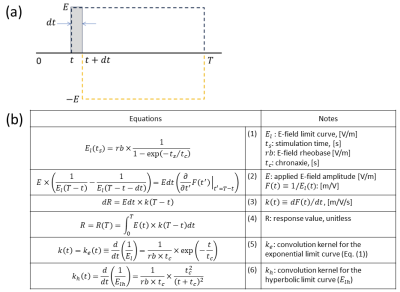 |
0176. Convolution
model for gradient-induced cardiac stimulation risk assessment
S-K Lee, T. Eagan
GE HealthCare Technology and Innovation Center, Niskayuna, United States
Impact: We extended sequence-specific PNS risk
evaluation to cardiac stimulation. Our work enables
systematic evaluation of CS risk for arbitrary gradient
waveforms, and can help ensure patient safety in
high-performance gradient systems.
|
| 14:09 |
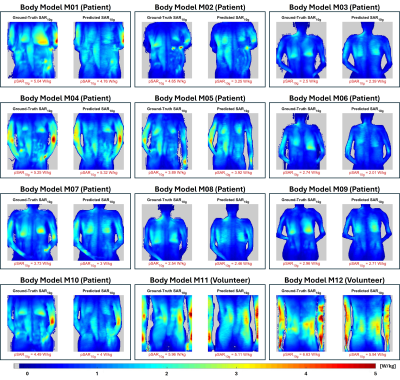 |
0177. Deep
Learning-Based Local SAR Assessment for Body Imaging at 3T

E. F. Meliado, M. W. Kikken, K. M. Custers, C. A. van
den Berg, A. J. Raaijmakers
University Medical Center Utrecht, Utrecht, Netherlands
Impact: Recent simulation studies suggest clinical MRI
scans may cause greater local tissue heating than previously
anticipated. Measurement-based methodologies for local SAR
estimation in clinical MRI systems could contribute
to safety assessments and may facilitate agreement between
thermal simulations and measurements.
|
| 14:21 |
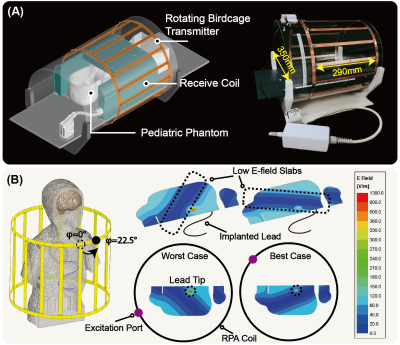 |
0178. An
Implant-Friendly MRI Coil for Imaging of Children with
Non-MR-Conditional Cardiac Implantable Electronic Devices

F. Jiang, B. Bhusal, L. Merkelbach, S-L Hansen, G.
Webster, G. Bonmassar, B. Keil, L. Golestanirad
Northwestern University, Evanston, United States
Impact: We introduce a user-friendly, plug-and-play coil
solution to enhance MRI safety for pediatric patients with
implants, empowering healthcare providers to deliver optimal
care while minimizing risks.
|
| 14:33 |
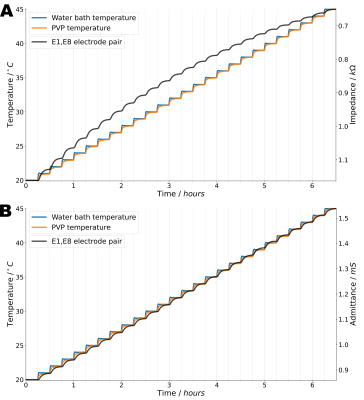 |
0179. Impedance
measurements detect the temperature rise near DBS
B. Silemek, F. Seifert, R. Brühl, B. Ittermann, L. Winter
Physikalisch-Technische Bundesanstalt (PTB) Braunschweig and Berlin, Berlin, Germany
Impact: This work opens the door towards direct
temperature measurements near the tip end of active medical
implants using the implant itself as a temperature sensor.
This could bring a disruptive change in the management of
implant safety in MRI.
|
| 14:45 |
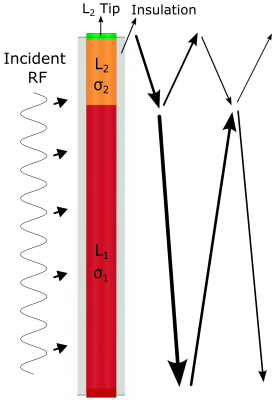 |
0180. Design
and Construction of Resistive Tapered Cylindrical Leads to
Reduce RF-Induced Heating During MRI

T. Zaidi, G. Bonmassar, F. Marturano, P. Sanpitak, B.
Bhusal, L. Golestanirad
Northwestern University, Evanston, United States
Impact: The RTC lead design significantly reduces
RF-induced heating during MRI, offering a practical solution
to enhance MRI safety for patients with AIMDs and
potentially expanding safe MRI access.
|
| 14:57 |
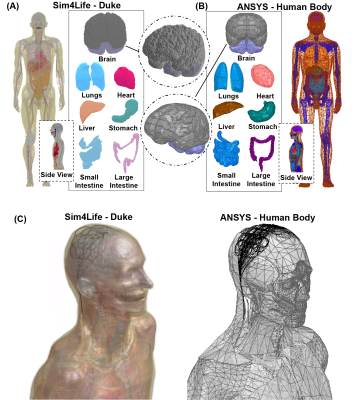 |
0181. ISO/TS
10974 Compliance in MRI Safety: A Comparative Study of
Electromagnetic Solvers for Predicting RF Heating in AIMDs
S. Hameed, F. Jiang, S. Ullah, L. Golestanirad
Northwestern University, Evanston, United States
Impact: This study offers valuable insights into
selecting a suitable electromagnetic solver for RF-safety
evaluations of AIMDs, supporting regulatory compliance and
clinical decision-making by comparing computational accuracy
and efficiency.
|
| 15:09 |
 |
0183. Subject-specific
head gradient PNS prediction using only demographics and head
dimensions
K. Ertan, S. Ma, E. Walker, A. Beckett, N. Boulant, D.
Feinberg, B. Rutt
Stanford University, Stanford, United States
Impact: Multivariate linear models using only select
demographics and head dimensions as explanatory variables
can estimate subject-specific PNS parameters with reasonable
accuracy, explaining ~50-80% of the population variance and
permitting the tailoring and tightening of on-scanner PNS
limits to the individual.
|
| 15:21 |
 |
0184. Modeling
and Measurement of Lead Tip Heating in Implanted Wires with
Loops
L. Bardwell Speltz, S-K Lee, Y. Shu, M. Bernstein
Mayo Clinic, Rochester , United States
Impact: A model that can be applied to predict lead tip
heating with various lead configurations could potentially
inform lead placement strategies and improve safety
protocols, i.e., allow greater access to MRI for patients
with implants.
|
| 15:33 | 0182. WITHDRAWN |
The International Society for Magnetic Resonance in Medicine is accredited by the Accreditation Council for Continuing Medical Education to provide continuing medical education for physicians.